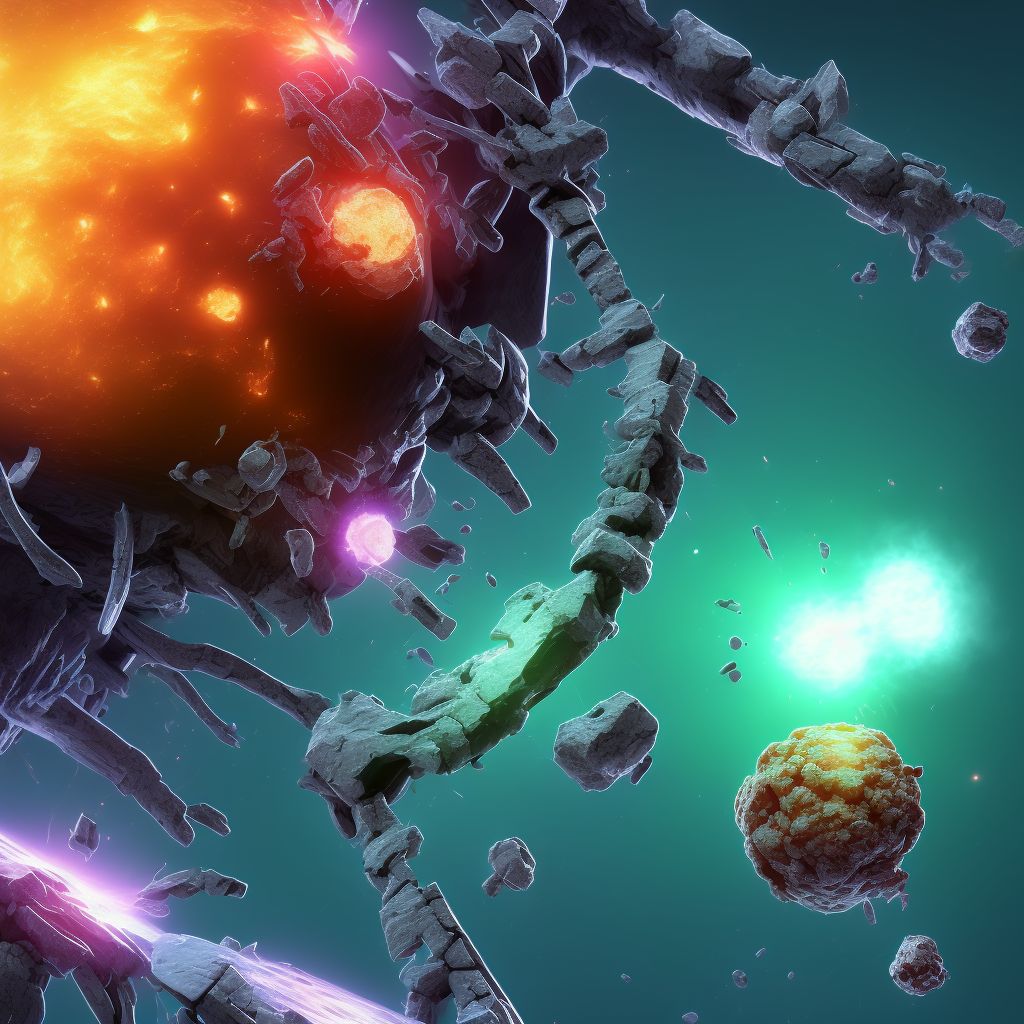
Other fracture of upper end of right tibia, subsequent encounter for closed fracture with malunion Save
ICD-10 code: S82.191P
Disease category: S82.191: Other fracture of upper end of right tibia
Understanding Other Fracture of Upper End of Right Tibia: Causes and Symptoms
When it comes to fractures, the upper end of the right tibia is a commonly affected area. One specific type is known as "Other fracture of upper end of right tibia, subsequent encounter for closed fracture with malunion." In this article, we will explore the causes and symptoms of this condition.
- Causes: This type of fracture typically occurs due to a traumatic event, such as a fall, sports injury, or vehicular accident. The upper end of the right tibia is particularly vulnerable to fractures, as it supports the weight of the body and is involved in various movements.
- Symptoms: The most common symptoms of this fracture include localized pain, swelling, tenderness, and difficulty in bearing weight on the affected leg. Additionally, individuals may experience limited range of motion, deformity, and bruising around the affected area.
It is important to note that this article will not discuss treatment options for this condition, as it is crucial to consult with a healthcare professional for proper diagnosis and appropriate treatment plans. However, understanding the causes and symptoms can help individuals recognize the condition and seek medical attention promptly.
Fractures of the upper end of the right tibia can have long-term consequences if left untreated or not managed properly. Complications such as malunion, where the fractured bone heals in an abnormal position, may occur. Therefore, it is essential to consult with a healthcare provider to ensure timely and appropriate treatment.
During your medical evaluation, your healthcare professional may perform a physical examination, order imaging tests, such as X-rays or CT scans, and assess your overall health to determine the best course of action. Treatment options may include non-surgical interventions, such as immobilization with casts or braces, or surgical procedures like open reduction and internal fixation.
In conclusion, fractures of the upper end of the right tibia, subsequent encounter for closed fracture with malunion, can result from traumatic incidents and present with distinct symptoms. Seeking medical attention promptly is crucial to ensure proper diagnosis and appropriate treatment. Remember to consult with a healthcare professional for personalized guidance and treatment options.
Treatment of Other fracture of upper end of right tibia, subsequent encounter for closed fracture with malunion:
Treatment Options for Other Fracture of Upper End of Right Tibia, Subsequent Encounter for Closed Fracture with Malunion
Dealing with fractures can be a challenging and painful experience. When it comes to a specific type of fracture like the "Other fracture of upper end of right tibia, subsequent encounter for closed fracture with malunion," there are various treatment options ava...
To see full information about treatment please Sign up or Log in